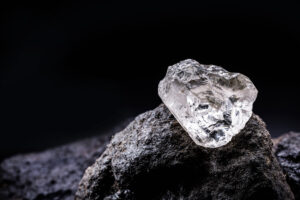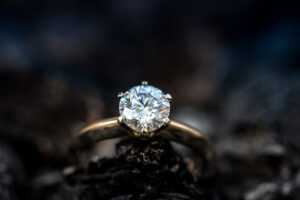
Once you find the love of your life, you would want to spend your whole life with them. You’re now prepared to make a commitment to that person and propose to them with an engagement ring. This is a major leap forward, and it does necessitate some forethought. However, buying a diamond engagement ring is not easy as you think. Most people, even experienced ones, do a lot of preparation before going to the store.
Diamonds are not cheap, most of you know that. You may have to spend thousands of dollars to buy a diamond engagement ring. However, there are ways in which you can buy diamond engagement rings without emptying your pocket.
Learn The Basics
Cut, carat, color, and clarity, also known as the 4Cs, are characteristics that are used to determine a diamond’s quality. The cost of a diamond can vary dramatically depending on how the 4Cs are used together. For example, a diamond with higher clarity grade cost more than a diamond with a lower clarity grade.
What Is Your Budget?
Prior to shopping, make a budget to avoid overspending. Believe me when I say this: It’s easy to toss your budget out the window once you start looking around or walk into a jewelry store. Spending an equal amount of 3 months’ salary on an engagement ring is a well-known “rule” in the market. That is something that the diamond market has conveniently created to get you to spend more money.
Buy A Lower Clarity Diamond

First-time buyers frequently misunderstand a diamond’s clarity. The majority of people believe that a diamond with greater clarity will sparkle and brilliance more. This is due to the cut quality, not the clarity. In fact, in a side-by-side comparison, an eye-clean VS2 diamond will look almost exactly like a VVS1 or IF diamond. The distinction between a VS2 diamond and a flawless diamond, on the other hand, is enormous.
Buy A Lab-Grown Diamond
When we plan to buy an engagement ring, we look for only natural diamonds, which are diamonds mined from the earth. However, scientists have found a way to recreate the conditions necessary for forming diamonds under the earth in a lab. The diamonds created in this manner are called lab-grown diamonds and they are way cheaper than natural diamonds. Also, their chemical, physical, and optical properties are similar to that of natural diamonds.
